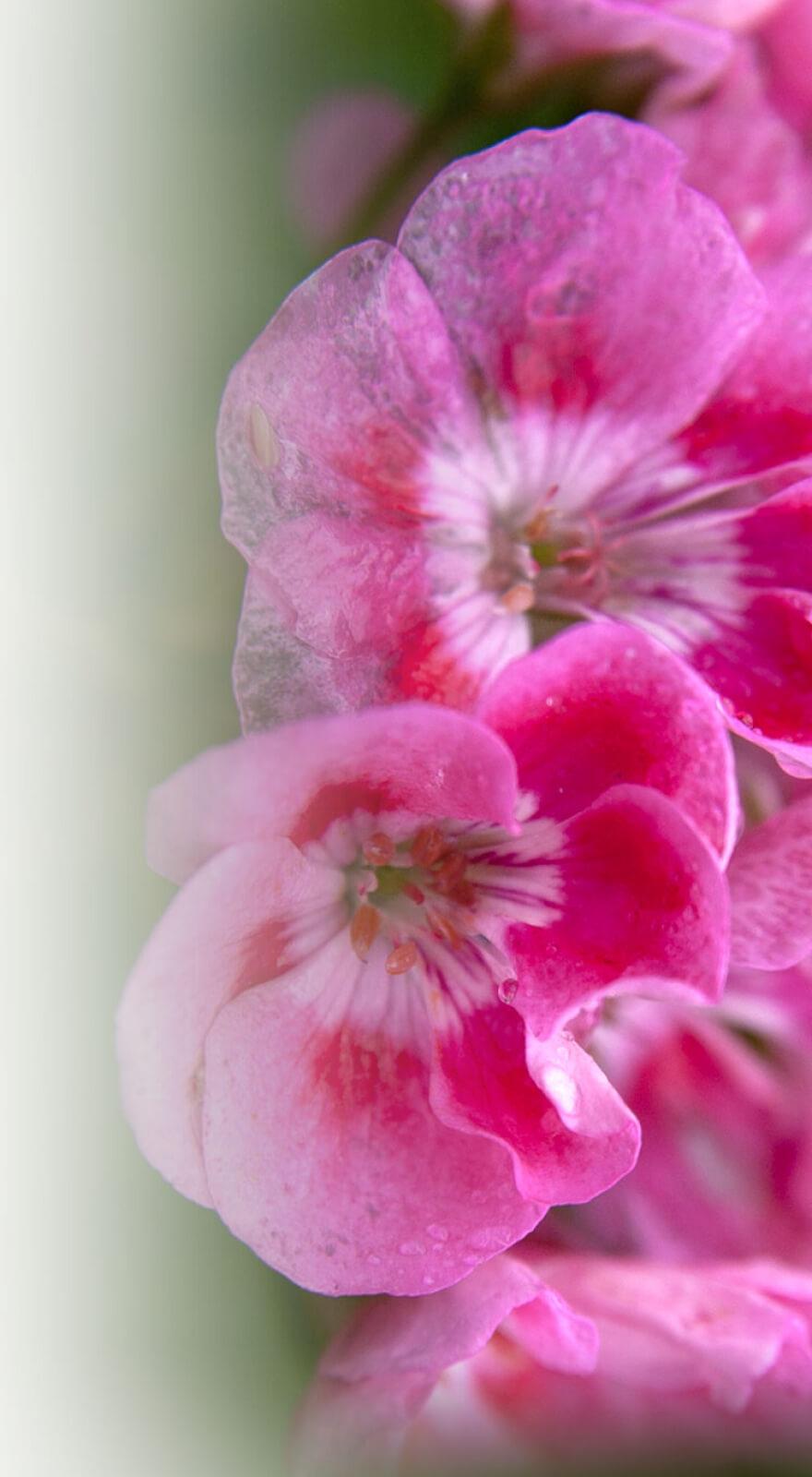Knowde Enhanced TDS
Identification & Functionality
- Chemical Family
- IRAC Code
- Agrochemical Functions
- Technologies
- Product Families
Features & Benefits
- Product Highlights
- Common Name: Imidacloprid
- Class: Neonicotinoid
RESTRICTED ENTRY INTERVAL (REI) AND SIGNAL WORD
- REI = 12 hours
- Signal Word = CAUTION
- Key Insects Controlled
- Adelgids
- Aphids
- Fungus Gnat
- Japanese Beetle
- Adults
- Lacebugs
- Leafhoppers (Glassy Winged Sharp Shooter)
- Leafminers
- Longhorned and Flatheaded Borers
- Mealybugs
- Psyllids
- Root Mealybugs
- Root Weevils (e.g. Black Vine Weevil)
- Royal Palm Bugs
- Sawfly Larvae
- Soft Scale
- White Grub Larvae (Japanese Beetles, Masked Chafers, European Chafers, Oriental Beetles, Asiatic Garden Beetle)
- Whiteflies
- Advantages
- Up to 12 weeks systemic activity
- Quick knockdown as a spray
- Highly translaminar as a spray
- Low use rates
- Broad spectrum insect control
- Labeled for greenhouse vegetables
- Ebb & flood labeling
Applications & Uses
- Markets
- Applications
- Applicable Crop
- Insecticide Target Species
- Mode Of Action
Marathon works by binding to the insect’s nicotinic acetylcholine receptors, disrupting nerve transmission. Marathon is not a cholinesterase inhibitor.
- Application Rates
Foliar spray: 50 ml per 100 gallons (Marathon II) Foliar applications should be made when insect populations are at low levels and can be repeated on an as-needed basis. The addition of an organosilicone surfactant may increase efficacy.
Soil application rates: (see tables) Soil applications should be made when insect populations are at low levels. Soil should be moderately moist when application is made. Irrigate moderately but thoroughly after application allowing no leaching or runout from containers for at least three irrigations or 10 days whichever is longer.
Marathon 1% G Topical Rates
Dosage USE PATTERN CONTAINER SIZE (inches Topical Application Topical Rate Level Teaspoon Grams/ pot Herbaceous Species (one or two plants per pot) 2.0 to 3.0 1/8 to 1/4 0.5 to 1.0 3.5 to 5.0 1/4 to 1/3 1.0 to 1.4 5.5 to 7.0 1/3 to 1/2 1.4 to 2.0 8.0 to 10.0 1/2 to 2/3 2.0 to 2.7 11.0 to 12.0 2/3 to 1 2.7 to 4.1 Woody Perennial Species (three or more plants per pot) 2.0 to 3.0 1/4 to 1/3 1.0 to 1.3 3.5 to 5.0 1/3 to 1/2 1.3 to 2.0 5.5 to 7.0 1/2 to 2/3 2.0 to 2.7 8.0 to 10.0 2/3 to 1 2.7 to 4.1 11.0 to 12.0 1 to 1-1/2 4.1 to 6.1 Injection Techniques with Marathon 60WP
POT SIZE INJECTION RATIO NUMBER OF 20 GRAM PKTS/1 GAL. STOCK SOLUTION OUNCES DILUTION/ POT NUMBER POTS TREATED WITH 100 GAL. REMARKS 2 1:100 4 pkts / 1 gal. water 1.0 12,000 The chart is only an example. This is based on a finished solution being applied at a rate of 1/2 fl. oz. for every inch of pot diameter. This volume is to prevent loss of active ingredient through leaching. The pot media should be prewet before application to assure good surface distribution. Keep pot media moist for about 10 days. Then irrigate as normal. 3 1:100 4 pkts / 1 gal. water 1.5 8,000 4 1:100 4 pkts / 1 gal. water 2.0 6,000 5 1:100 4 pkts / 1 gal. water 2.5 4,800 6 1:100 4 pkts / 1 gal. water 3.0 4,000 7 1:100 4 pkts / 1 gal. water 3.5 3,400 8 1:100 4 pkts / 1 gal. water 4.0 3,000 9 1:100 4 pkts / 1 gal. water 4.5 2,700 10 1:100 4 pkts / 1 gal. water 5.0 2,400 11 1:100 4 pkts / 1 gal. water 5.5 2,200 12 1:100 4 pkts / 1 gal. water 6.0 2,000 - Tank Mixing
Marathon 60WP and Marathon II have been found to be compatible with commonly used liquid fertilizers, fungicides, and insecticides. If local experience is unavailable, check compatability in a small jar test.
- Resistance Management
Some insects are known to develop resistance to insecticides after repeated use. As with any insecticide, the use of this product should conform to resistance management strategies established in your area. It is recommended this product not be used in sequence with any other product with the same mode of action.
- Application
Marathon as a drench should be applied to established but actively growing plants. Because Marathon is taken up by the roots and translocated throughout the plant, applications should be made when the root system is visible on the perimeter of the growing media. Applications made to a poor or underdeveloped root system will result in less insect control. If the plant is healthy and under minimal stress, Marathon uptake will be more efficient. If drench applications are made too late, control will be negatively affected.
Media should be moderately moist at the time of application. Irrigate moderately but thoroughly after application allowing no leaching or runout from containers for at least three irrigations or 10 days whichever is longer.
Safety & Health
- Personal Protective Equipment (Ppe)
- Long-sleeved shirt and long pants
- Waterproof gloves
- Shoes plus socks
Packaging & Availability
- Packaging Type
- Packaging
Marathon 1% G (Topical)
- 5 pound container
- 50 pound container

